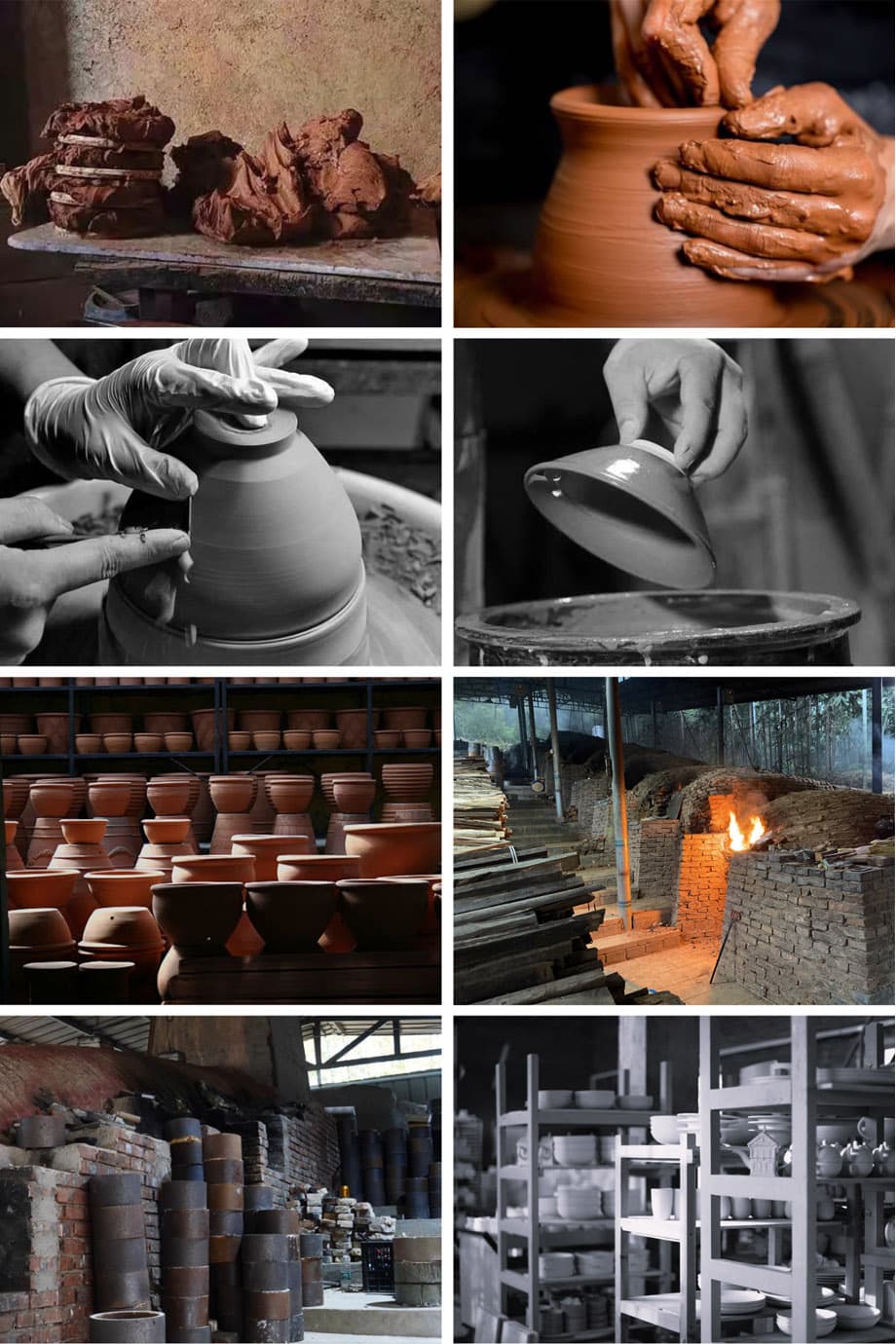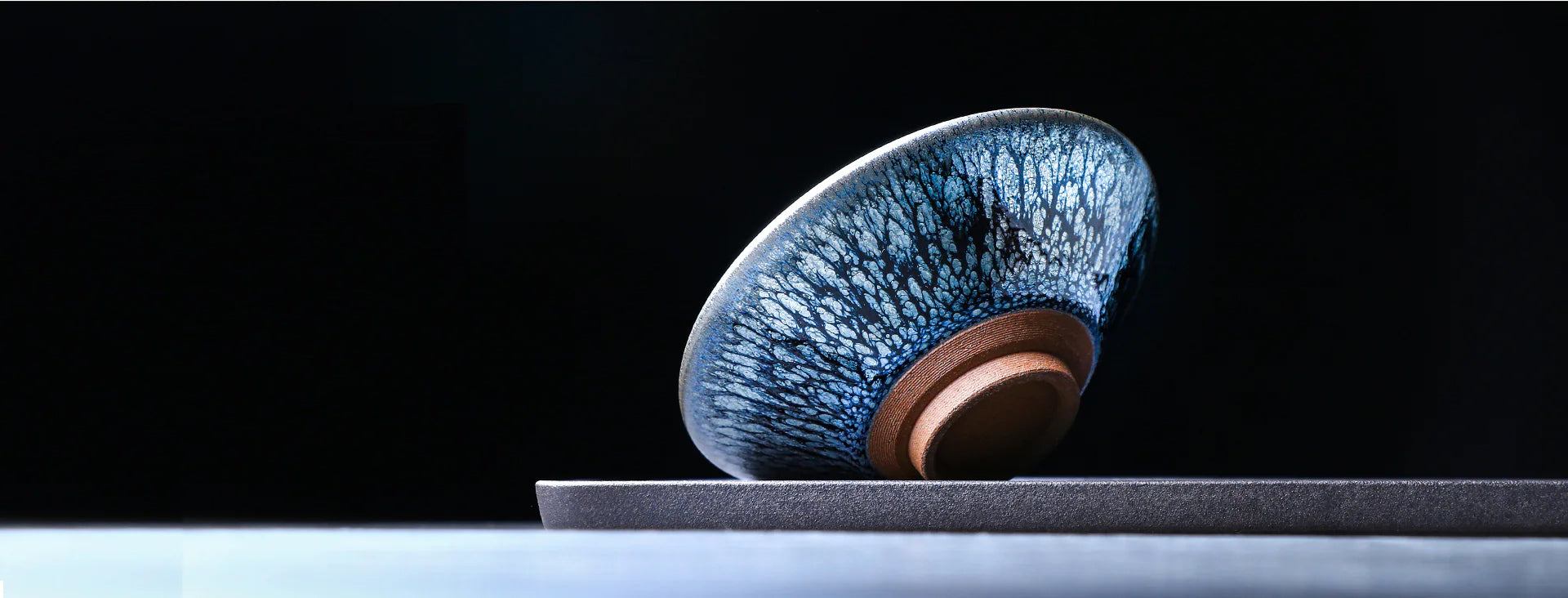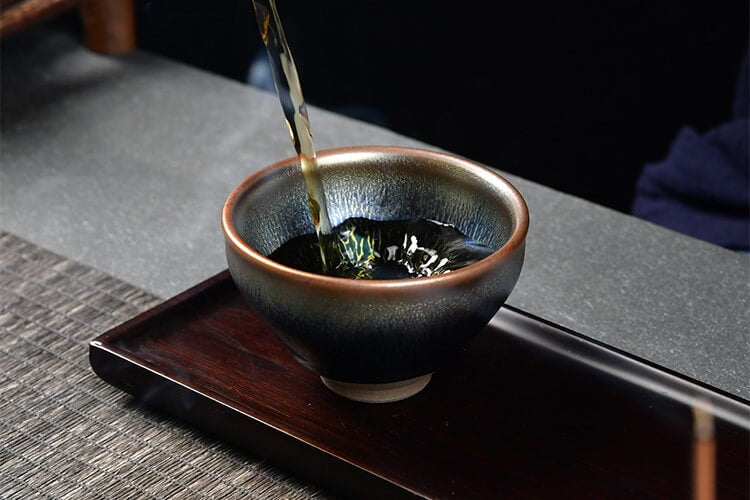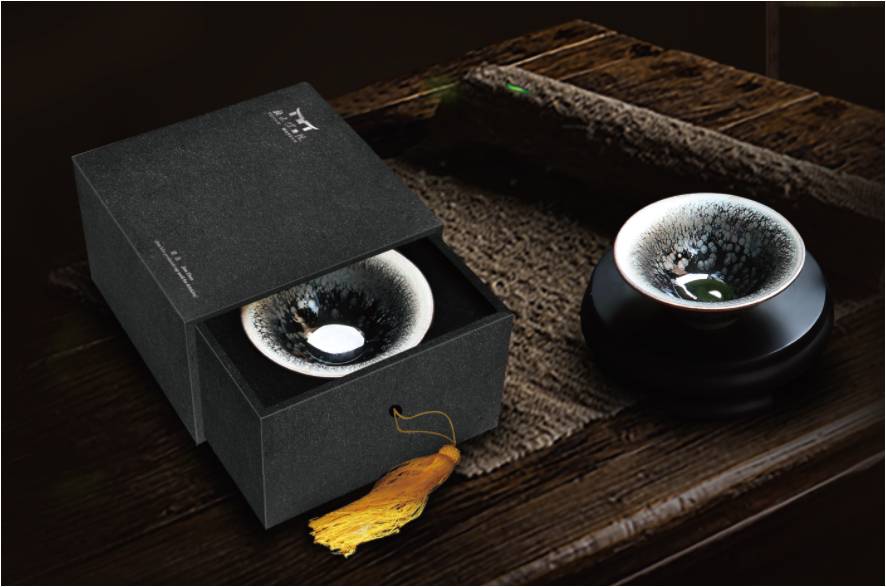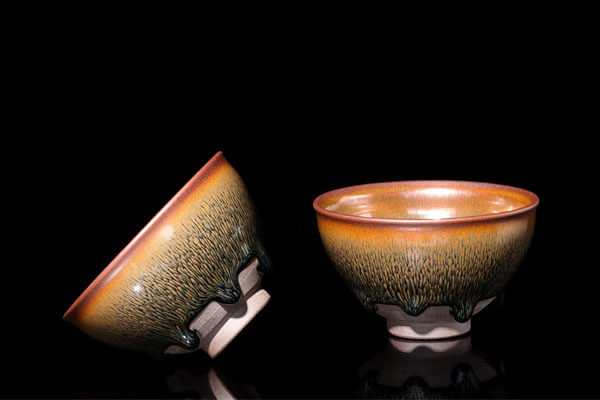2009 AnHua "Tian Jian" (Heavenly Tips) 1000g/Basket Loose Leaf Tea, Dark Tea, Hunan Province.
- Free shipping worldwide
- Tax and import charges included
- First order 10% Off, Code: TMK2025

Anhua "Tian Jian" dark tea, a distinguished category of Hei Cha (dark tea) originating from Anhua County in Hunan Province, China, embodies centuries of tea-making heritage. Historically revered as a tribute tea for emperors and nobility, "Tian Jian" translates to "Heavenly Tips," signifying its superior quality derived from the tenderest tea buds and leaves harvested during the Guyu (Grain Rain) season.
What sets Anhua "Tian Jian" apart is its unique post-fermentation process, often involving a traditional "Seven-Star Stove" roasting where pine wood is burned, infusing the tea with a characteristic pure pine smoke aroma. The leaves are then carefully packed into bamboo baskets, allowing for further natural fermentation and aging. This meticulous craftsmanship results in a tea with a remarkably smooth and mellow taste, a deep yellow to bright orange liquor, and a rich, complex flavor profile that often develops woody, aged, and subtly sweet notes over time. Known for its numerous health benefits and ability to age gracefully, Anhua "Tian Jian" is not just a beverage, but a treasured experience that reflects the profound cultural significance of dark tea in China.
Brewing Methods for Anhua "Tian Jian" Dark Tea
Anhua "Tian Jian" is quite versatile and can be enjoyed through various brewing methods, each bringing out different nuances of its complex flavor. Given its robust nature and ability to withstand multiple infusions, it's a very rewarding tea to brew.
General Guidelines:
- Water Temperature: Always use boiling water (100°C or 212°F) for Anhua "Tian Jian." This helps to fully extract its rich flavors and aromas.
- Water Quality: Soft, filtered water or spring water is ideal to truly appreciate the tea's profile.
- Tea Amount: Typically, 6-8 grams of tea leaves per 100-150ml of water is a good starting point, but feel free to adjust based on your personal preference for strength.
- Rinsing: A quick rinse of the tea leaves with hot water (pour and discard immediately, within 5-10 seconds) is recommended, especially for older or compressed teas. This "wakes up" the leaves and removes any dust.
Popular Brewing Methods:
-
Gongfu Cha (Traditional Chinese Method): This method emphasizes multiple short infusions, allowing you to experience the tea's evolving flavors.
- Teaware: Gaiwan (lidded bowl) or a small Yixing clay teapot.
-
Process:
- Warm your teaware with boiling water.
- Add the recommended amount of tea leaves.
- Perform a quick rinse (5-10 seconds), discarding the water.
- For the first few infusions, steep for very short periods (e.g., 10-15 seconds).
- Increase steeping time gradually for subsequent infusions (e.g., 20, 25, 30, 40 seconds, and so on).
- Anhua "Tian Jian" can often yield 8-15 or even more infusions, with its flavor and sweetness continuing to develop.
-
Grandpa Style (Mug Brewing): A simple and convenient method for everyday enjoyment.
- Teaware: A large mug or heat-resistant glass.
-
Process:
- Add 3-5 grams of tea leaves to your mug.
- Pour boiling water directly over the leaves.
- Let it steep for 1-2 minutes for the first infusion.
- Continue adding hot water as you drink, allowing the leaves to steep continuously. The flavor will soften and mellow over time.
-
Boiling Method (Traditional & Robust): This method is particularly good for older or more tightly compressed "Tian Jian" and can produce a very rich, warming brew.
- Teaware: A small ceramic or glass teapot that can be placed on a stovetop, or a dedicated tea boiler.
-
Process:
- Add a generous amount of tea leaves (e.g., 8-10 grams) to your pot.
- Add 500ml - 1 liter of boiling water.
- Bring the water to a gentle boil and then reduce the heat to a simmer.
- Simmer for 3-5 minutes, or longer if you prefer a stronger brew.
- Pour and serve. The boiled tea can be quite potent and warming.
Experiment with these methods to discover your preferred way to enjoy the deep, complex character of Anhua "Tian Jian" dark tea.
Free shipping
Delivery Time:
Delivery time = Process time + Shipping time
1). Process Time:
Processing Time: 1-3 days
2). Shipping Time:
Standard Shipping: 8-15 business days.
Express Shipping: 5 -7 business days.
Some special countries will take more time. Learn more: Shipping Info.
Our Guarantee:
We accept returns within 30 days of receiving your package.
Learn more about our Return Policy.






















